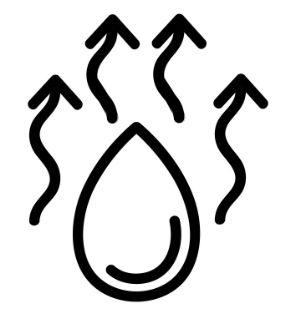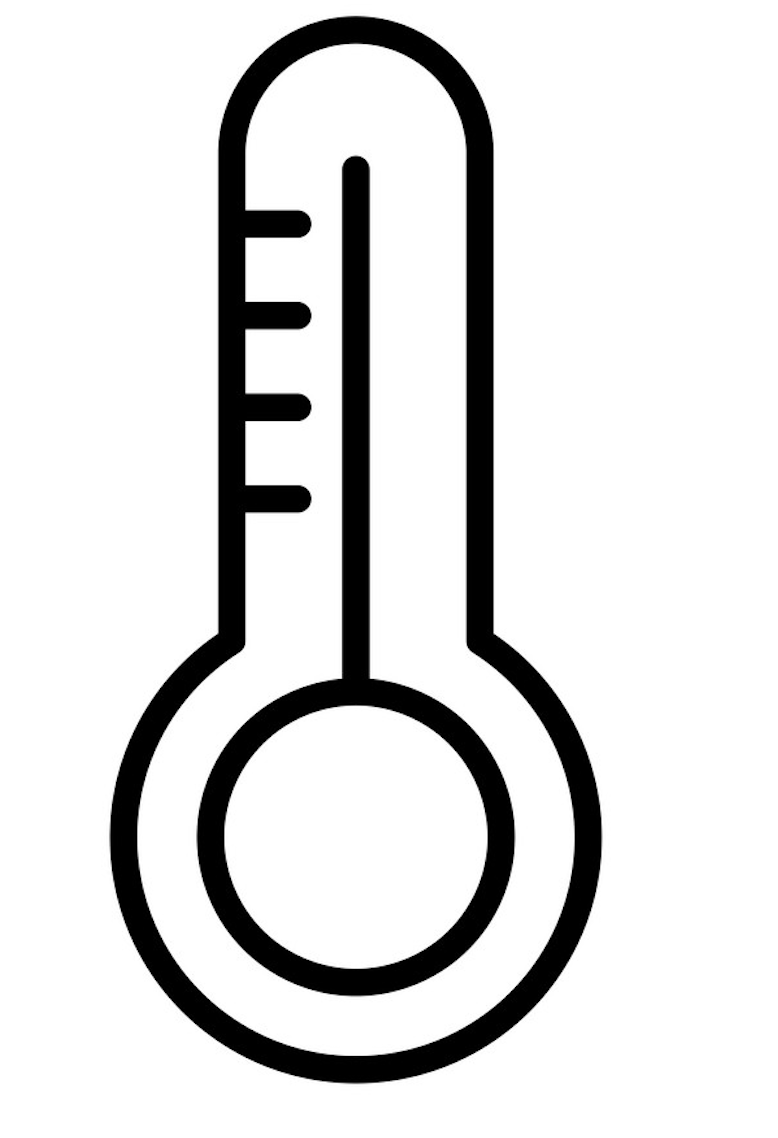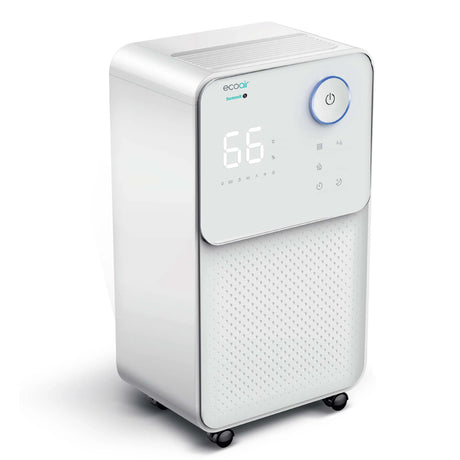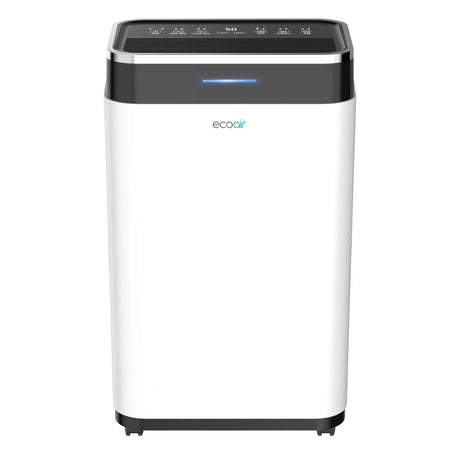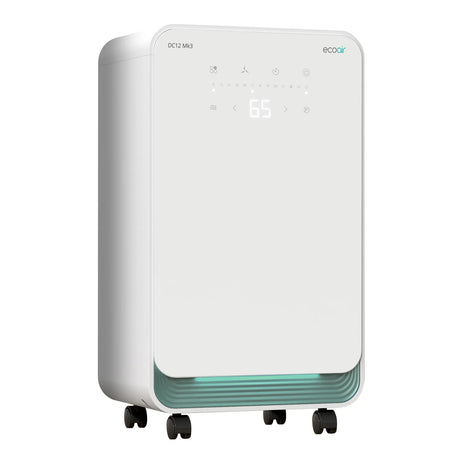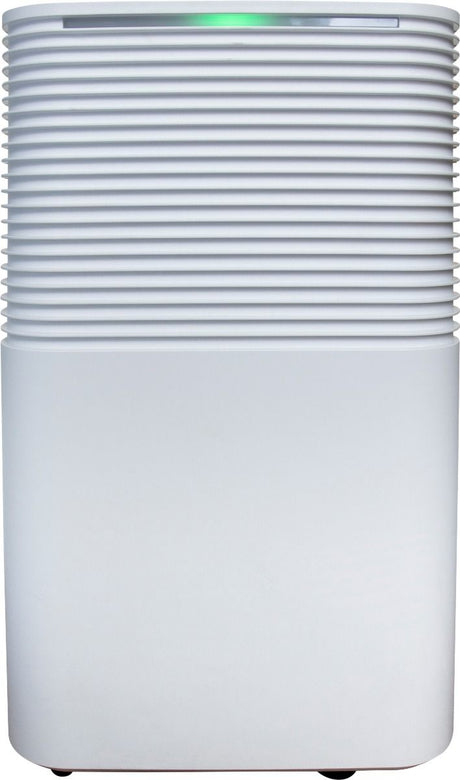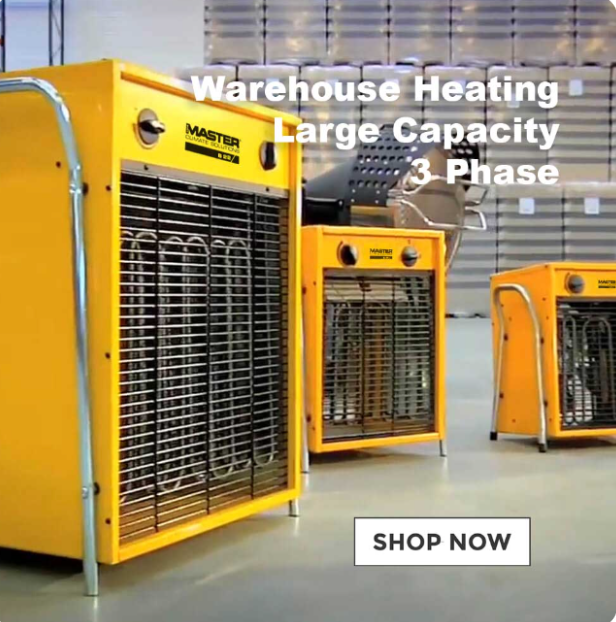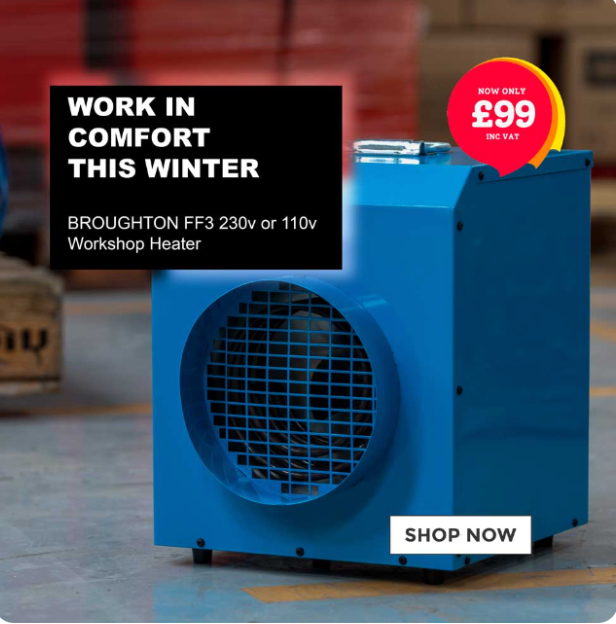Before buying a compressor dehumidifier, understanding the relationship between room size and moisture levels is essential. In larger rooms, a higher-capacity dehumidifier is required as it can handle the increased volume of moist air more efficiently.
Higher humidity levels also call for dehumidifiers with greater moisture extraction rates, as smaller models might struggle to reach the desired dryness.
Cooler areas may need dehumidifiers with a defrost feature to prevent freezing and maintain effectiveness. Overall, matching the dehumidifier capacity to room size and humidity level ensures optimal performance and comfort.

